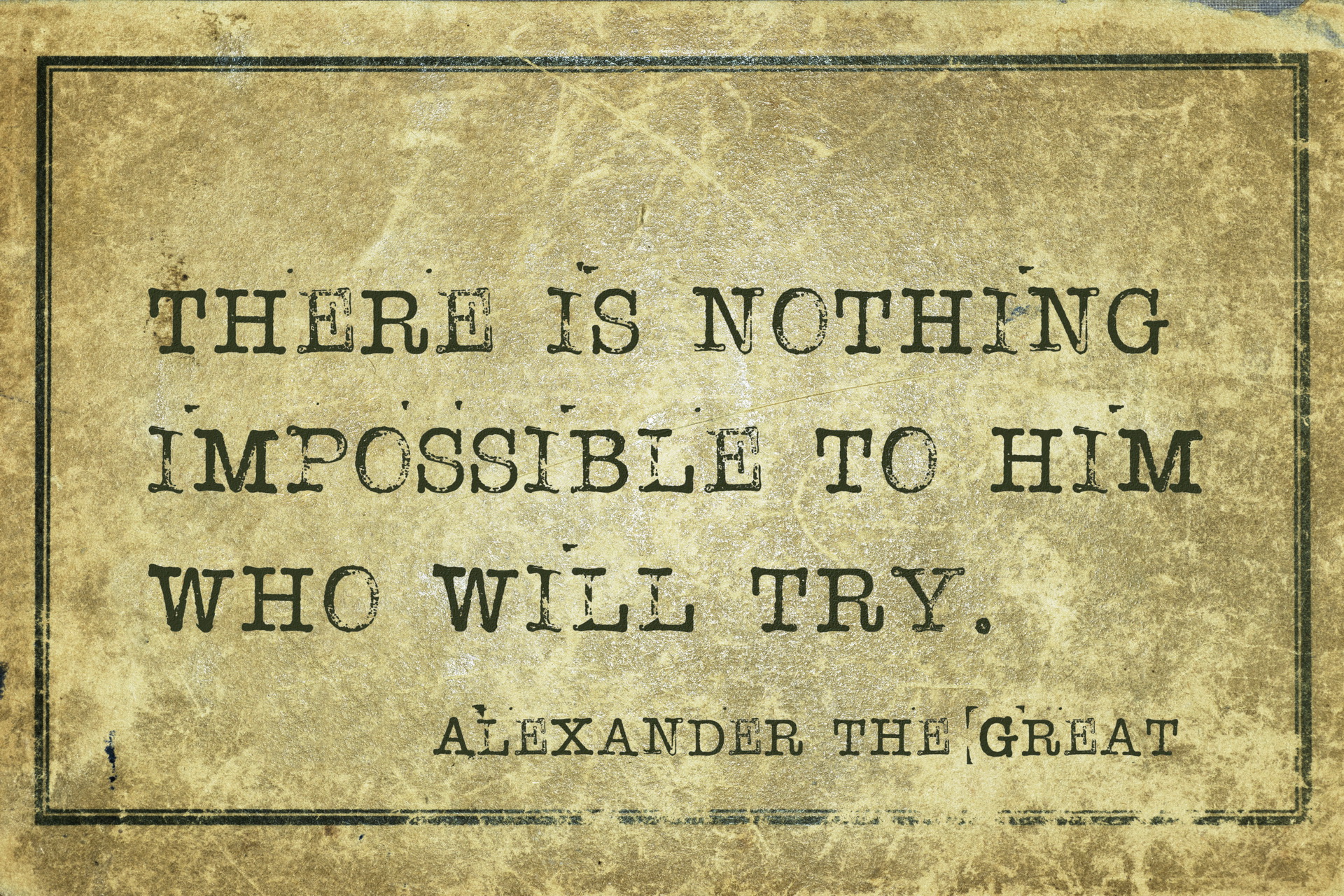Day 3: To Philippi and the Lost Kingdom of Philip II
Philippi, our first stop for the day, is regarded as the most important archaeological site in Eastern Macedonia. Philippi was the former city of Krinides, founded in 360 BC. Soon after its establishment, Krinides was threatened by the Thracians (365 BC) and turned to King Philip II of Macedon for help. Because of the economic and strategic of the city, Philip conquered, fortified and renamed it after himself. The construction of Via Egnatia through the city in the 2nd century BC made Philippi an important city of the area. The architecture of Hellenistic Philippi was impressive; it had a fortification wall, a theater, several public buildings and private houses. The city was conquered by Emperor Octavian in 42 BC and under the Romans it was turned into an important artistic, administrational and financial center of conquered Greece. Philippi was also the place where Apostle Paul founded the first Christian community in Europe in 49 AD. Excavations at Philippi began in 1914 under the French School of Athens and continued after WWII under the Greek Archaeological Service and the Archaeological Society of Athens. The archaeological site of Philippi was included in the UNESCO World Heritage List in 2016.
Second and last stop of this one-day trip is the wonderful city of Kavala, about half an hour away from Philippi. Kavala is a significant commercial and port city exporting mostly tobacco and wool. The city was founded in the 7th century BC by the inhabitants of the neighboring island of Thasos and its first name was “Neapolis”. Because Neapolis was the only colony of Thasos in the mainland, it was easier for it to achieve its independence in 411 BC. The ancient gold and silver mines at the Mountain of Lekanis were the cause of wealth for the city. During the Byzantine times the city was renamed as “Christopolis” (the city of Christ). “Kavala”, its current name derives from the fact that the city was an important carriage station on the Egnatia Road (Italian “cavallo”, which means “horse”). The most important monuments of Kavala are the following: the two-storey Roman aqueduct (“Kamares”); the fort, dating back to the Byzantine times (about 16th century AD) and situated on the ancient acropolis of the city; the birth house of Pasha Mehmet Ali, founder of the last Egyptian king dynasty; the church of Mary, dating back to the 15th century AD; Panagia, the old Turkish quarter of the city with the steep pathways; the Imaret, a former almshouse and student house with many rooms, such as public soup kitchen, hamam (Turkish bath), mosque etc; the tobacco museum.




